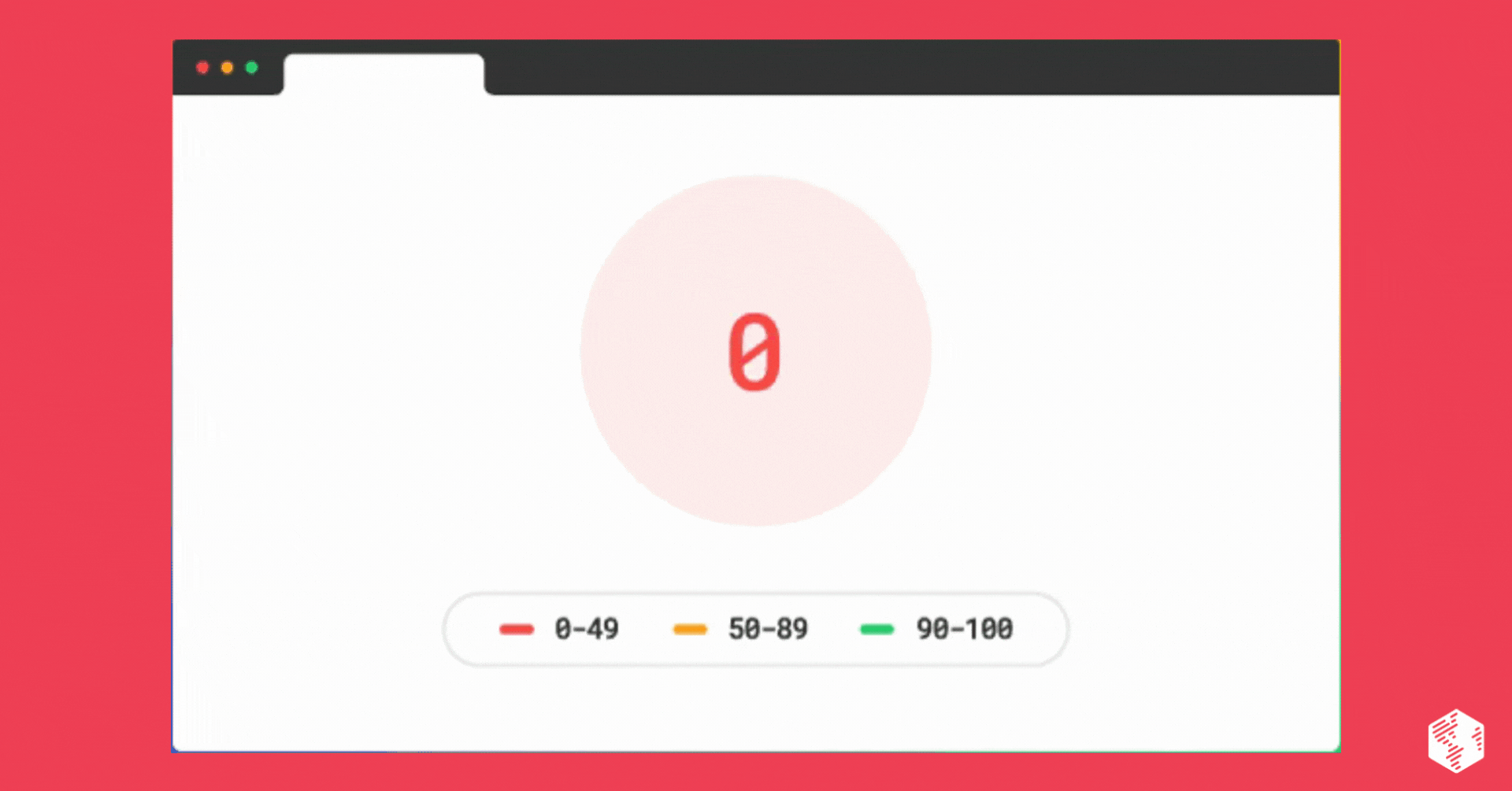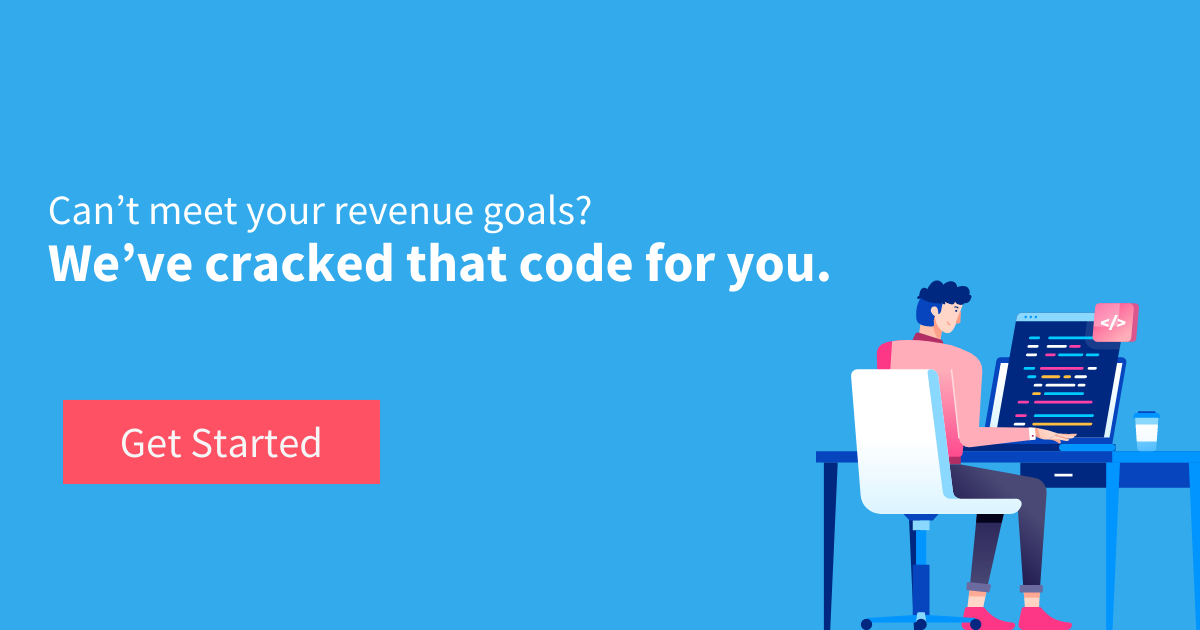Your business-to-business (B2B) company needs a strong online presence to succeed in an increasingly digital world.
But there’s more to it than building a website and writing some blog posts. It doesn’t matter how good your website looks if your target buyers can’t find it.
When B2B customers look for a solution to their problems, they turn to search engines like Google. Their purchasing decisions are informed by the research they conduct and the results they see at the top of search engine results pages (SERPs).
By increasing the visibility of your website in Google, you are more likely to reach target buyers and key decision-makers.
What Is Search Engine Visibility?
Search engine visibility—often called search visibility or search engine optimization (SEO) visibility—measures the total share of online traffic a website receives from organic search results. This assessment is based on how a website ranks for keywords and phrases, average search volume, and estimated click-through rate (CTR) compared to the rest of the results on SERPs.
Some SEO tools offer search visibility metrics based on a variety of calculations, but in general, the visibility of a website accounts for several factors that determine how appealing it is to search engine crawlers.
Why Your B2B Company Should Increase the Visibility of Your Website on Google
The search visibility of your B2B company’s website is an essential part of its long-term success. If your business has an online presence, you need to invest in an SEO strategy and learn how to increase search engine visibility on Google.
Still not convinced? Here are four ways your organization can benefit from increasing online visibility.
Reason #1: To Make Your B2B Company Easier for Target Buyers to Find
A higher visibility on search engines like Google means your website is at the top of relevant SERPs, making your website easier for your target buyers to find. As more users view your website, you’ll have more opportunities to engage with potential customers, guide them through the buyer’s journey, and turn them into loyal ambassadors for your brand—increasing overall revenue potential for your B2B company.
Reason #2: To Generate More Organic Traffic
Your goal should be to create a functional, user-friendly, highly visible website. Why? Because if Google prioritizes your website, you’ll end up near the top of SERPs, thereby generating more organic traffic.
With more traffic, you’ll have more chances to get new customers (and keep existing ones).
Reason #3: To Measure the Success of SEO Marketing Campaigns
When your business invests in SEO marketing campaigns, you want to see results. Keeping track of key performance indicators (KPIs) helps you determine what campaigns are working and which are unsuccessful so you know how best to allocate your resources.
Search engine visibility is another one of these KPIs.
If the visibility of your website increases, you know you’re getting more organic search traffic, targeting the right keywords, and reaching the right audiences. Similarly, a decrease in website visibility means your SEO marketing strategy needs to be adjusted.
Reason #4: To Keep an Eye on the Competition
By comparing your B2B company’s search engine ranking to the visibility of the websites of your competitors, you can get a more accurate picture of how your results measure up.
Additionally, increased visibility on Google means your target audience is more likely to find your website than other websites in your industry—helping you crowd out the competition.
10 Ways to Increase Online Visibility for Your B2B Website
Increasing the visibility of your website requires a multifaceted approach—from technical updates to content audits. To improve the ranking of your B2B company’s website on Google, start by addressing these 10 areas.
1. Set Up Google Search Console
Google Search Console (GSC) is a free service that every website should take advantage of. After registering your website with GSC, you can submit your website for indexing. GSC also helps you measure website performance and provides guidelines for optimizing your website.
With GSC, you can see what other sites are linking to yours, view indexing issues, find traffic search queries, and get a better understanding of your website’s visibility on Google.
2. Create a Google Business Profile
If your B2B business has a physical location, you can increase your visibility among local searches by setting up a Google Business profile.
Google verifies the address of all Google Business profiles. Once your company’s location is confirmed, your Google Business account will help increase the SEO ranking and visibility of your website on SERPs and in Google Maps for local users.
3. Improve Website Speed
Speed is a significant factor in Google search result rankings.
When users visit your B2B company’s website, they expect it to load quickly. If your website doesn’t meet those expectations, they are likely to leave. As more and more users bounce away from your web pages due to slow loading speed, you will lose out on traffic and go down in visibility.
To improve the search visibility of your website, improve the load speeds of your pages.
4. Build a Sitemap
Users can’t find your website on Google if your pages aren’t indexed by the search engine’s crawlers.
In order for Google to accurately rank your web pages, it needs to understand the relationship between pages on your website and how they are formatted. One of the ways Google learns this information is by reading sitemaps that website administrators submit to GSC.
A sitemap is a file located in the root folder of your website that includes a list of all the pages you want to be available on SERPs. With the right tools, you can automatically create an up-to-date sitemap and upload it to GSC so your web pages are indexed faster.
READ: B2B SEO Strategies to Increase Organic Traffic and Leads
5. Fix Crawl and Indexing Errors
Before it can decide what pages to display at the top of SERPs, Google crawls and indexes existing websites. If Google finds crawling or indexing errors on your B2B website during this phase, it will reduce the ranking and decrease the visibility of your web pages.
Finding and fixing these errors is an important part of optimizing your online presence and ensuring your target buyers can find your company website.
6. Create Quality Content
An important part of increasing the search visibility of your B2B website is offering high-quality, value-adding content. Every content piece you publish is an opportunity to drive more organic traffic to your website.
If you publish engaging content, your users will spend a longer time on your website. Google increases the search engine ranking of web pages it deems as authoritative—those with high dwell times and reduced bounce rates—so content that connects with your target audience is key to increased visibility.
READ: What Is Content Marketing? The Step-by-Step Guide to Creating a Killer B2B Content Strategy
Your B2B website’s navigation allows users to move between internal pages. If your navigation is easy to use, visitors are more likely to stay within your website. Alternatively, if your navigation is clunky, confusing, or broken, then visitors will leave.
Ensuring your website has functional, clear, easy-to-use navigation increases the dwell time of your website visitors, increases the user-friendliness of your site, and makes it easy for Google and other search engines to crawl your pages—all of which improve its visibility on SERPs.
8. Target Long-Tail Keywords
Long-tail keywords are phrases with four or more words used in search. These types of keywords are better for visibility and SEO because they are more specific to your target audience, come with less competition, allow you to capture more market share, and have higher conversion rates.
When possible, target long-tail keywords on your web pages and across your content pieces to increase the visibility of your website on Google.
9. Optimize Your Title and Meta Descriptions
Every page on your website has a title tag and meta description, which is what displays on SERPs. Since titles and meta descriptions are the first thing a user sees about your web pages on Google, it’s important to write optimized title tags and meta descriptions that entice users to click on and engage with your content. By getting more people to click on your result, your website will have a higher CTR, leading it to rank higher on SERPs.
10. Collect High-Quality Backlinks
Backlinks are links to your website from a page on another website. When your website or web pages are linked on quality sites, it tells the Google algorithm that your content is credible, authoritative, valuable, and useful—and that it is worth ranking in the search results.
Get high-quality backlinks by reaching out to other websites and blog owners, creating keyword-rich blog posts other sites can use as a resource, or publishing on guest blogs.
READ: Do Backlinks Still Matter When it Comes to SEO? | Growth Marketers
Hire the Search Visibility Experts at OneIMS
Increased search engine visibility can help your B2B website generate more traffic, reach new audiences, build your brand, and inspire potential customers to take action.
Need some help? Hire a B2B digital marketing agency to manage the visibility of your website on search engines like Google.
At OneIMS, our team of search visibility experts is ready to help your organization adopt a new-and-improved SEO framework to increase the ranking and visibility of your company website. We have the strategies, solutions, and tools you need to identify ways to increase Google visibility, optimize every part of your online presence, and launch a new SEO strategy that will transform your B2B website into a lead-generating machine.
We have a long history of working with companies in a variety of industries to develop innovative and data-driven marketing solutions, and we pride ourselves on producing measurable and sustainable results.
But you don’t have to take our word for it. View testimonials from our clients and read our blog to get an idea of our training, experience, and track record of success.
Are you ready to take the next step in increasing the visibility of your B2B website? Schedule a consultation with us today to get started.




































